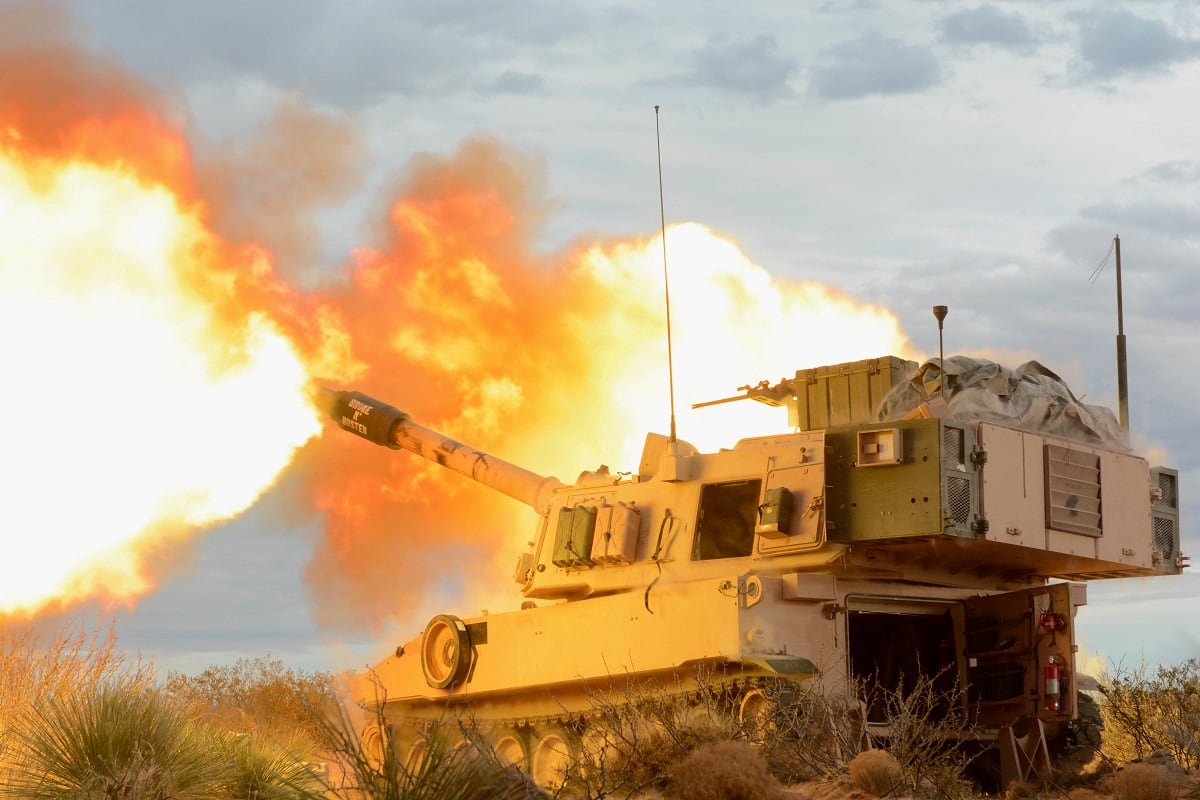WASHINGTON — The Army is pushing toward a replacement for the Army Tactical Missile System with a new longer-range capability as soon as 2023, dramatically moving forward what it thought wouldn’t be ready until 2027, according to the service’s cross-functional team lead for Long Range Precision Fires.
The service set up cross-functional teams for each of its top six modernization priorities, as laid out at the Association of the United States Army’s annual meeting a year ago. LRPF is the top modernization priority for the service.
The CFTs are housed under the new Army Futures Command, which is tasked to push modernization efforts across the six priorities from development to real capabilities in record time.
One of the more important near-term programs within the LRPF CFT portfolio is the Precision Strike Munition that’s expected to reach a range of 499 kilometers and provide greater accuracy and lethality on target than the current missile.
The Army selected two competitors several years ago — Raytheon and Lockheed Martin — to build prototypes for the PrSM program, then called the LRPF program.
Those two competitors will go through prototype flight tests next summer, Col. John Rafferty, the LRPF cross-functional team lead told Defense News in an interview shortly before this year’s AUSA annual meeting.
The Army has been looking for a way to speed up fielding of a capability to replace ATACMS and had already moved the timeline from a fielding schedule of 2027 to 2025.
For more coverage from the AUSA annual meeting, click here.
ATACMS is a 1970s-designed missile that was built in the 1980s, Rafferty said. It is only capable of flying a range of about 300 kilometers.
From the outside, it’s the same missile that was originally built, but it has had major upgrades over the years in propulsion, navigation and lethality.
However, “we’ve taken it as far as we can,” Rafferty said.
So, the service has found a way to potentially award a contract to one of the competitors to build PrSM missiles and deliver them as early as 2023 through an urgent materiel request.
The service plans to award a contract going into the technology maturation phase in 2020.
“We want to award a contract as quickly as possible so, for us, schedule is everything,” Rafferty said. “PrSM was originally a 2027 program, so that just shows you what can be done with focus and leadership.”

It’s still possible there will be a schedule slip because Congress — in its fiscal 2019 defense appropriations bill — cut the program.
“We are adjusting the plan based on that,” Rafferty said. “But we have made our recommendation up to Army senior leaders on what would be the best way to proceed to minimize the risk to the program and to maintain the momentum, and we think we have struck a good balance."
Industry is prepared to work with the schedule and requirements the Army sets and have also shown they are able to be flexible, according to Rafferty.
“We are still on the same schedule in terms of the flight test program and demonstration,” Frank St. John, executive vice president of Lockheed Martin’s missiles and fire control business, told Defense News. But he said that the company was also supporting the Army’s desire to have an early operational capability for PrSM.
The plan, he said, is that the company would produce additional quantities of the systems it will demonstrate in the test program and then go straight into an early capability.
“So we are on what I will call an accelerated schedule,” to produce the missiles, St. John said.
The initial operational capability for the PrSM missile is expected in 2025.
RELATED

St. John noted the Army appears to be following a similar acquisition strategy to the Navy’s Long-Range Anti-Ship Missile program, where the company delivered an initial quantity to the service and an accelerated operational capability while continuing to build low-rate initial production quantities that incorporated incremental improvements.
As part of the strategy, the service expects the PrSM prototypes to have room designed into the system for continual capability upgrades after initial fielding.
Jen Judson is an award-winning journalist covering land warfare for Defense News. She has also worked for Politico and Inside Defense. She holds a Master of Science degree in journalism from Boston University and a Bachelor of Arts degree from Kenyon College.








